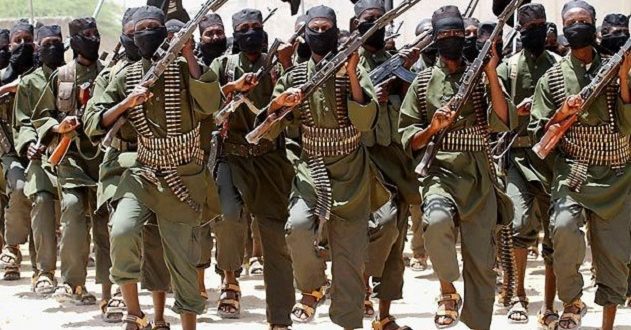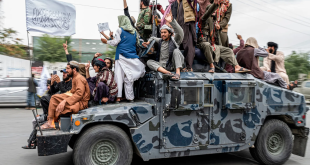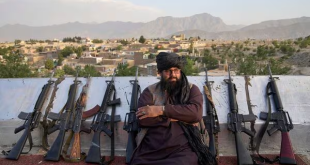According to a United Nations report, the group’s elusive leader Ayman Al-Zawahiri is “probably alive but too frail to be featured in propaganda.”
AT Monitoring Desk
KABUL: A significant part of the Al-Qaeda leadership resides in the Afghanistan and Pakistan region, including the group’s elusive leader Ayman al-Zawahiri, who is “probably alive but too frail to be featured in propaganda,” according to a United Nations report.
The report, issued Friday, said that large numbers of Al-Qaeda fighters and other foreign extremist elements aligned with the Taliban are located in various parts of Afghanistan.
“Member states reported that a significant part of Al-Qaeda leadership remains based in the region of Afghanistan and Pakistan, where the core is joined by and works closely with Al-Qaeda in the Indian Subcontinent,” the twelfth report of the Analytical Support and Sanctions Monitoring Team said.
Al Qaeda leader “Ayman Muhammed Rabi al-Zawahiri, is believed to be located somewhere in the region of Afghanistan and Pakistan. Previous reports of his death due to ill health have not been confirmed.
“One member state reports that he is probably alive but too frail to be featured in propaganda,” the report said, without identifying the country.
It said Al-Qaeda’s strategy in the near term is assessed as maintaining its traditional safe haven in Afghanistan for the Al-Qaeda core leadership.
“This scenario is untested against stated Taliban commitments to prohibit such activities.”
Al-Qaeda, including Al-Qaeda in the Indian Subcontinent, is reported to number in the range of several dozen to 500 persons.
Al-Qaeda core’s membership is of non-Afghan origin, consisting mainly of nationals from North Africa and the Middle East.
“Member states assess that formal communication between senior Al-Qaeda and Taliban officials is currently infrequent, one member state reported that there is regular communication between the Taliban and Al-Qaeda on issues related to the peace process.”
The report said Al-Qaeda in the Indian Subcontinent operates under the Taliban umbrella from Kandahar, Helmand and Nimruz provinces.
“The group reportedly consists of primarily Afghan and Pakistani nationals, but also individuals from Bangladesh, India and Myanmar.”
It said the current leader of Al-Qaeda in the Indian Subcontinent is Osama Mahmood, who is not listed, and succeeded the late Asim Umar.
“The group is reported to be such an ‘organic’ or essential part of the insurgency that it would be difficult, if not impossible, to separate it from its Taliban allies. Several member states characterised this relationship by noting that the wife of the former leader of Al-Qaeda in the Indian Subcontinent, Asim Umar, was among 5,000 Taliban prisoners freed by the Afghan Government in 2020 as part of the Doha agreement,” it said.
“The primary component of the Taliban in dealing with Al-Qaeda is the Haqqani Network. Ties between the two groups remain close, based on ideological alignment, relationships forged through common struggle and intermarriage,” the report said.
It added that the Taliban has begun to tighten its control over Al-Qaeda by gathering information on foreign terrorist fighters and registering and restricting them.
“However, it has not made any concessions in this regard that it could not easily and quickly reverse, and it is impossible to assess with confidence that the Taliban will live up to its commitment to suppress any future international threat emanating from Al-Qaeda in Afghanistan.”
 Afghanistan Times
Afghanistan Times




